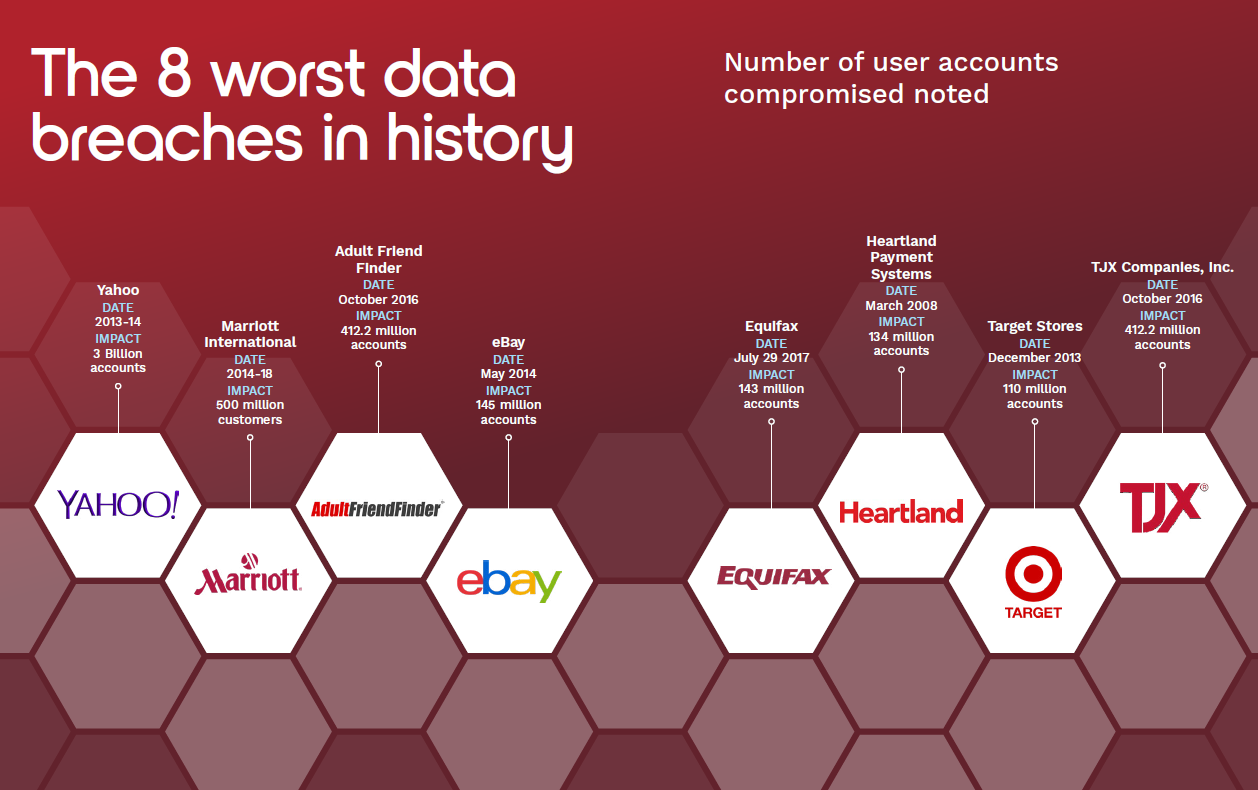Exela’s COVID-19 Superheroes Help Everyone Wear Masks

What inspires you to give back?
There’s no shortage of reasons to contribute to charitable endeavors like Exela’s corporate philanthropy program, #ExelaGivesBack. But when it comes down to it, a lot of us become most passionate about causes that have somehow touched our own lives. For example, when our Mount Vernon, Kentucky team went all out in raising funds for cancer research in 2019, one of our most prolific fundraisers noted, “We’re passionate about this cause because we have all been affected by cancer in some shape or form.”
As the COVID-19 pandemic continues, its impact is being felt by nearly everyone on the planet in one way or another. Here at Exela, many of our employees have found inspiration to give of themselves to help others in these trying times, whether it’s a loved one’s battle with the virus, a community’s group effort to stop the spread, or solidarity for our onsite workers keeping vital businesses operating each and every day.
Exela Team Members Inspire Us
Today, we’d like to focus on some of our employees who have gone out of their way to ensure that our onsite team has protective face masks.
For example, Terri Vassey, from our Rochelle Park, New Jersey location, was inspired to make masks and share them with employees on the West Coast when she heard they were having trouble purchasing them locally. As an avid quilter, Terri had the materials and the skillset to help out and did not waste any time. She’s created over 200 masks and counting!
Lori McLoughlin from our Troy, Michigan location, has been sewing masks and distributing them to local businesses and hospitals. Lori was inspired to help because Michigan has been particularly hard hit by the pandemic.
Peggy Fisher began making masks for drivers who worked out of our Carson, California location, and then ramped up her mask production for other employees deemed essential, who had to return to work.
Laurette Nyambu has been sewing bright and colorful masks not only to keep her coworkers safe, but also to “bring joy” to them as they support the company and our customers.
Inspiration Through Adversity
These kinds of good deeds are not only inspiring; according to our Human Resources team, they’re also encouraging teamwork and camaraderie. Although these times are unprecedented and difficult for many, our employees have found the silver lining. More stories of mask-makers are rolling in every day, as are other stories of good deeds and acts of kindness. We hope to share these stories and inspire those around us.
As you work through these challenging times, we hope you’ll find this glossary of COVID-19 terms helpful, as well as our special edition of PluggedIN, COVID-19: A Tipping Point for Remote Work. If there is any way you think we can assist you, please do not hesitate to contact us at covidresponse@exelatech.com.











